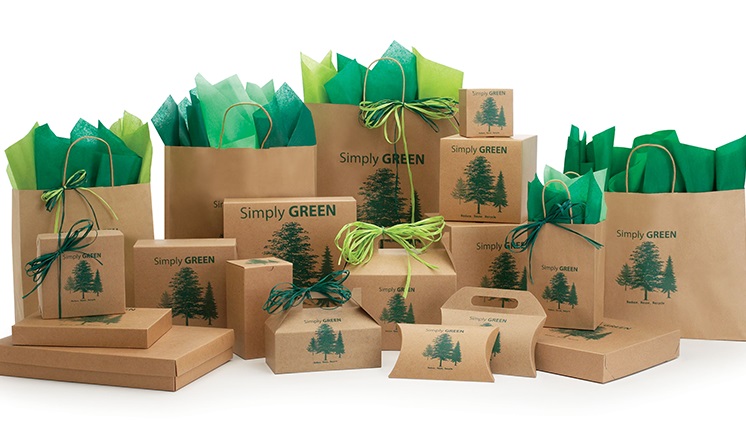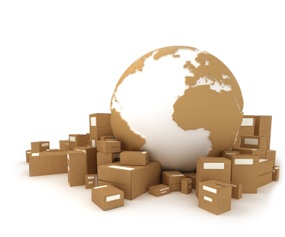As we already know the ecological question is at the centre of discussions both in Italy and in all other countries. Until a few decades ago, we considered economics and ecology as two independent disciplines. Society has for years considered nature as an inexhaustible source of resources.
Today we have finally realised that resources are running out and modern politics have understood that economics and ecology must now work together.
Among the many measures taken by governments, one of the most important is certainly to reduce unnecessary packaging and limit its waste, and this is what we will talk about today.
Pack less, pack better
We just need to go to the nearest supermarket to realise the huge amount of useless packaging we have. Packaging it is definitely useful for marketing but at the same time is harmful for the environment, as it is made with materials that can not be recycled. To avoid this waste, one of the solutions would be to reduce unnecessary packaging and pack the products in a more responsible way. This is the mission of the so-called “sustainable packaging“.

The ecological packaging, as its name suggests, is the packaging that uses recyclable and biodegradable materials. A packaging obtained thanks to production methods with low environmental impact and energy efficiency.
What are the materials used for eco-friendly packaging?
Eco-friendly packaging has a lower impact than traditional packaging. Often, in addition to being produced in a sustainable manner, they are also transported using sustainable energy sources, such as solar or wind energy.
The main materials used for green packaging are the following:
- Biodegradable plastic
- Corrugated cardboard
- Vegetable plastics
- Bags in recycled polyethylene
For example, corrugated cardboard, which is extremely sustainable (99.9% recyclable), also allows high customisation. We have already seen in a previous article how the customisation of packaging is a pivotal point driven by the logic of marketing that continually seeks the element of differentiation from the competitors. For example, in Italy, more than 7 billion square meters of corrugated cardboard are produced every year.
The advantages of sustainable packaging
Obviously whoever earns the most from the adoption of these new measures is the environment. However, there are also advantages for manufacturers as much as for consumers themselves.
The first aspect is economic: companies save on processing costs because they use recycled materials and use them less. These costs will obviously affect the final price to the customer. Moreover, the company that uses sustainable packaging proves to be a modern company, as it is updated and prepared from this point of view.
These companies have modern packaging machines, versatile and able to work all types of materials, from primary to secondary packaging up to tertiary packaging. They can be both new machines and used machines, and go from horizontal cartoning machines, to case packers or to bundling machines or wrapping machines, to give you just few examples.
Keep on following us if you are interested in industrial news!
